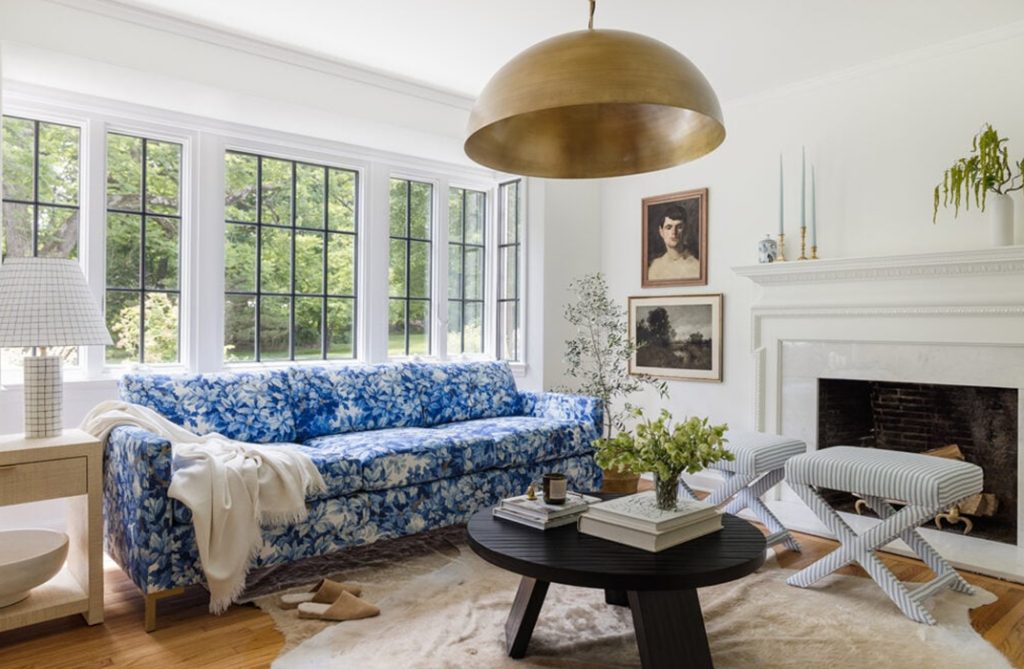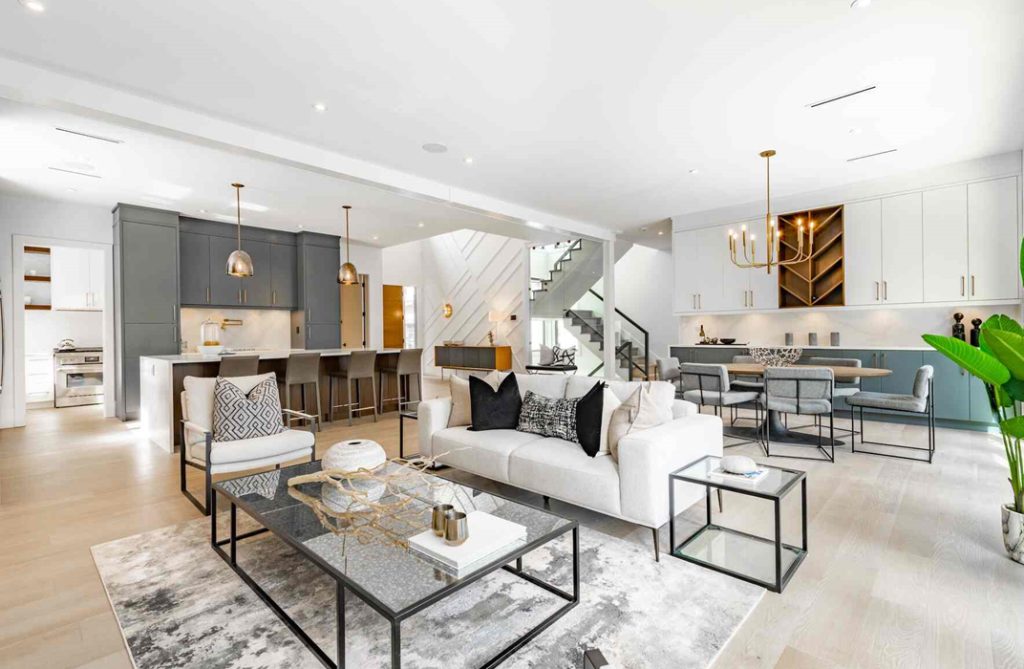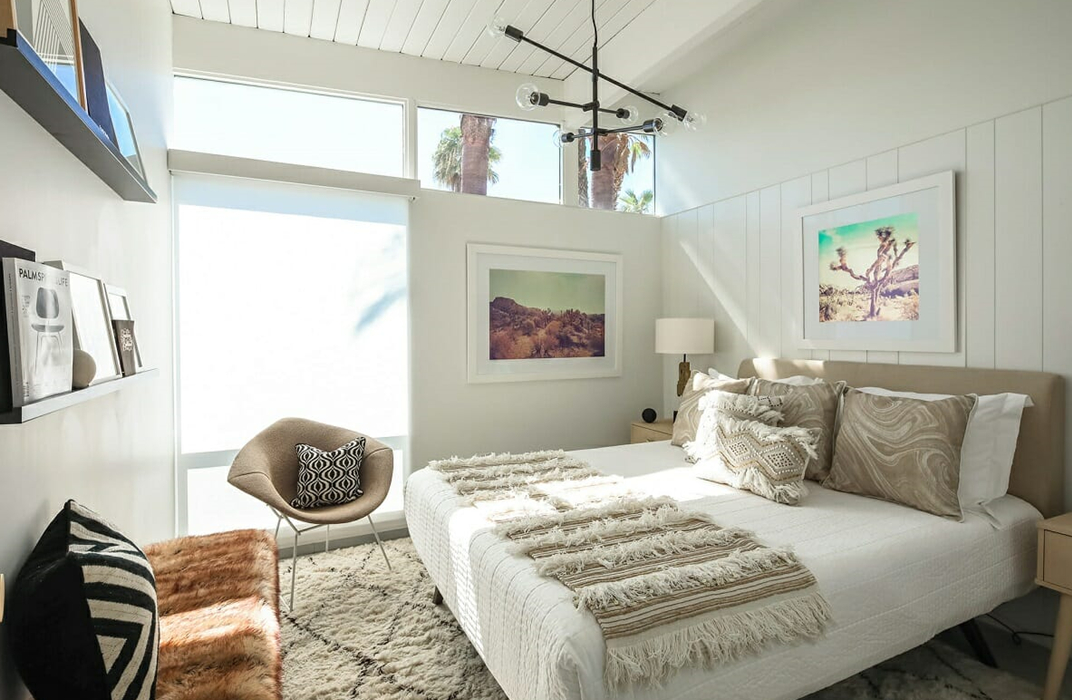How To Choose Furniture Styles
Traditional furniture styles often feature classic designs with rich wood finishes and intricate details. These pieces exude elegance and are typically characterized by ornate carvings and plush upholstery. Traditional furniture works well in formal settings and can create a warm, inviting atmosphere. Incorporating elements like antique pieces or heirlooms can enhance the traditional aesthetic, making the space feel timeless and sophisticated.
Contemporary furniture styles focus on simplicity and functionality. Clean lines and minimalistic designs define this style, often utilizing materials such as metal and glass. Contemporary furniture emphasizes open spaces and often features neutral color palettes. This style is ideal for those who prefer a modern look that is both stylish and practical. Incorporating multifunctional pieces can maximize space and enhance the overall design.

Mid-century modern furniture has gained popularity for its unique blend of form and function. Characterized by organic shapes, vibrant colors, and innovative materials, this style captures the essence of the 1950s and 1960s. Mid-century modern pieces often feature wooden legs and geometric patterns, making them versatile for various settings. Integrating mid-century modern furniture can add a touch of nostalgia while remaining relevant in today’s design landscape.
Rustic furniture styles celebrate natural materials and craftsmanship. Often made from reclaimed wood or wrought iron, rustic pieces bring a sense of warmth and authenticity to a space. This style is perfect for those who appreciate a more organic look and feel. Incorporating elements like distressed finishes and earthy tones can create a cozy, inviting environment that feels connected to nature.
Industrial furniture styles draw inspiration from warehouses and factories, characterized by raw materials and unfinished surfaces. Metal, exposed brick, and reclaimed wood are common elements in industrial design. This style appeals to those who appreciate a more edgy, urban aesthetic. Combining industrial pieces with softer elements, such as textiles and plants, can create a balanced and inviting atmosphere.
Eclectic furniture styles allow for personal expression and creativity. This approach combines various styles, colors, and textures to create a unique and individualistic space. Mixing vintage finds with contemporary pieces can result in a visually stimulating environment. The key to successful eclectic design lies in finding a common thread, whether through color, shape, or theme, to ensure cohesion.
When choosing furniture styles, considering the overall theme of the home is crucial. Each room should reflect a harmonious blend of styles that complement one another. Creating a mood board can help visualize how different pieces will work together, allowing for a more informed decision-making process. It is also essential to consider the needs and lifestyle of the occupants. Selecting furniture that is not only aesthetically pleasing but also functional can enhance daily living.

Budget is another important factor when selecting furniture styles. While it can be tempting to invest in high-end pieces, there are plenty of affordable options that do not compromise on style. Exploring thrift stores, online marketplaces, and discount retailers can yield unique finds that fit within budget constraints. Prioritizing quality over quantity can lead to a more satisfying purchase experience.
Furniture styles should resonate with personal taste while serving practical needs. Creating a space that feels comfortable and inviting is essential for a happy home. Taking the time to explore and understand different styles can lead to a more thoughtful and satisfying design journey.




